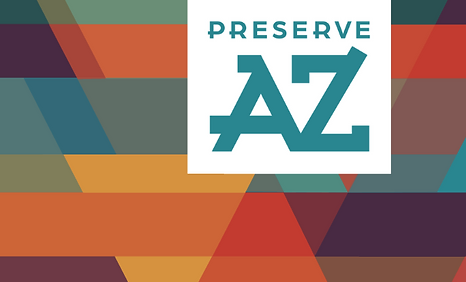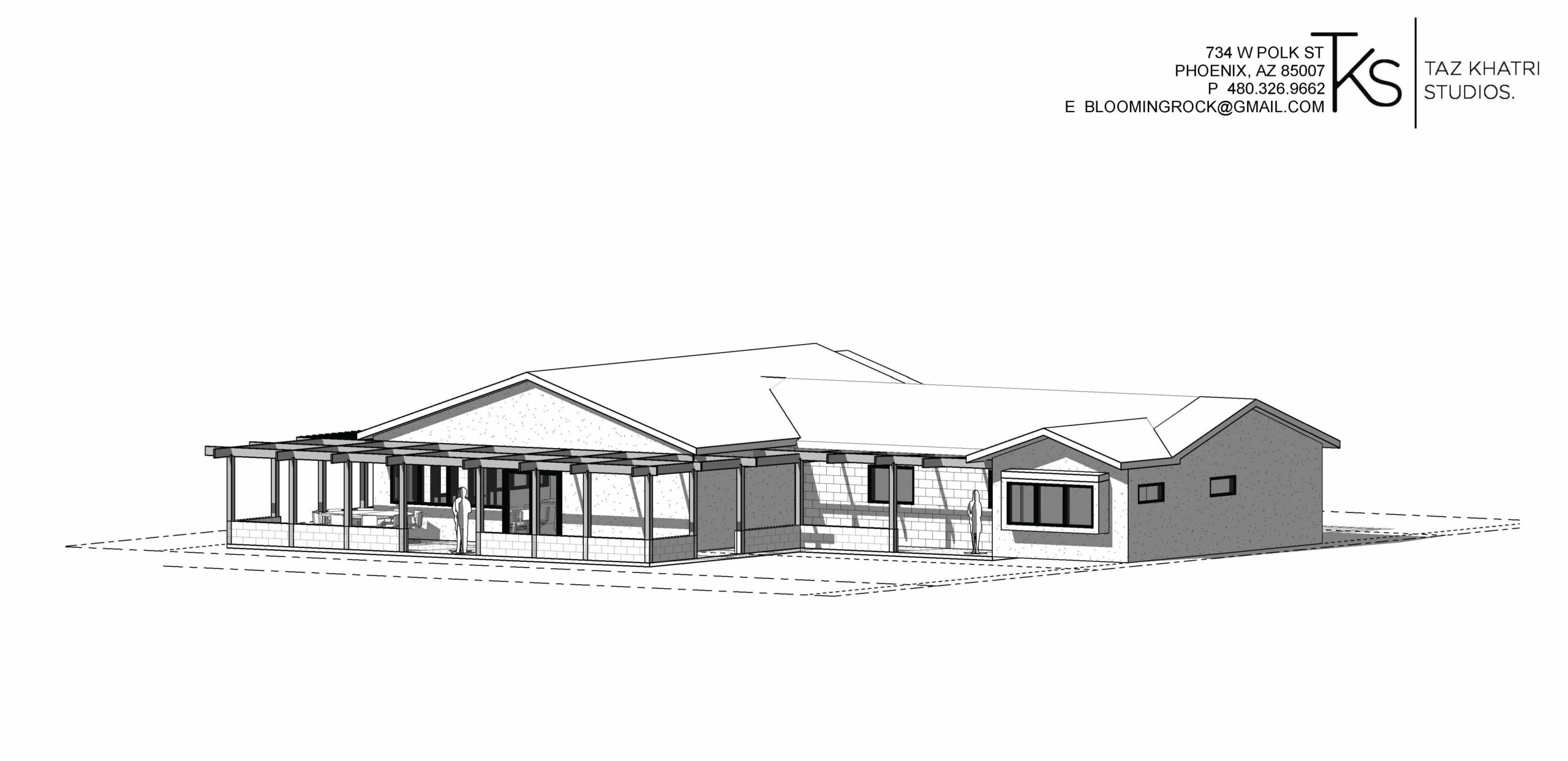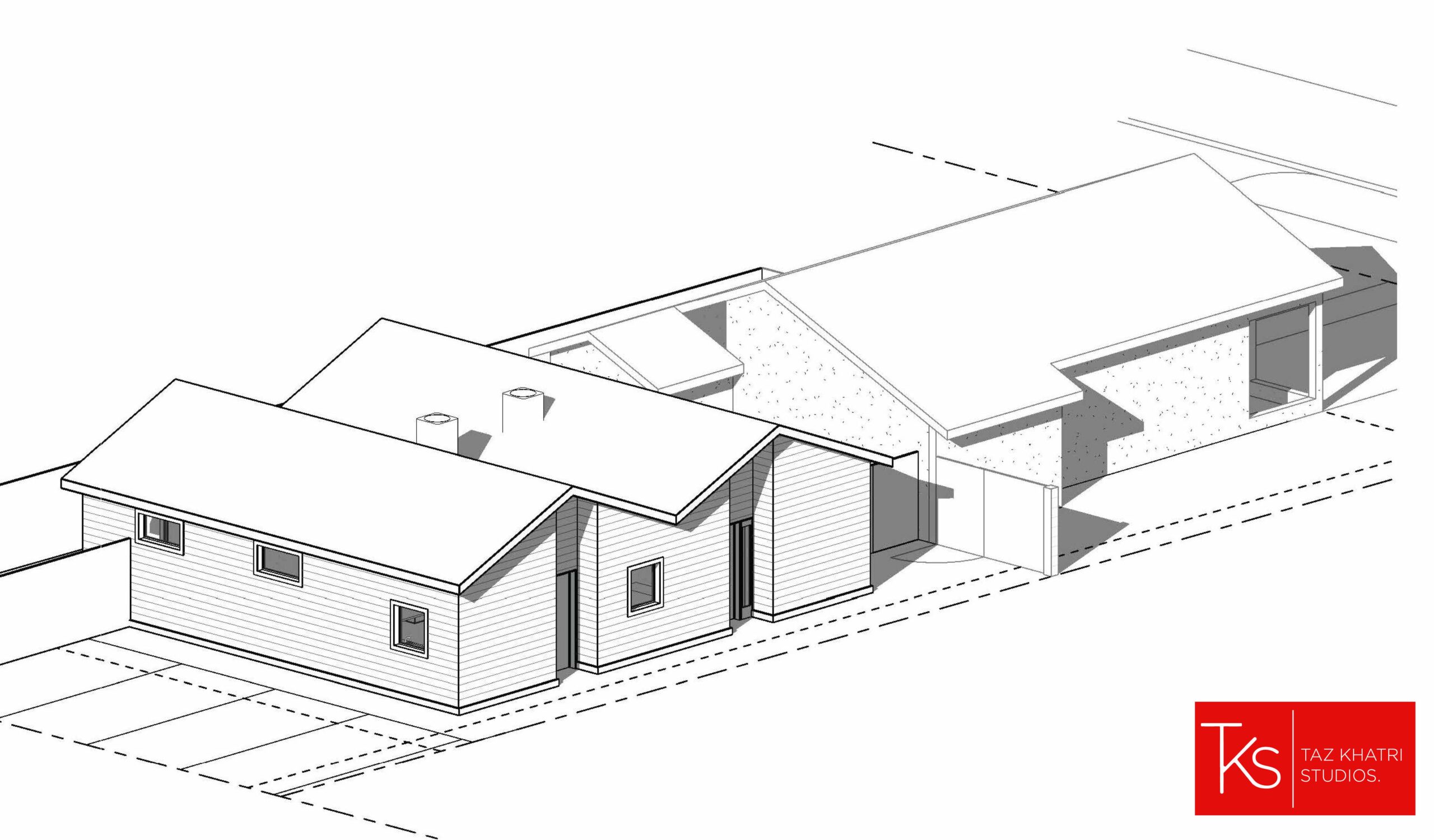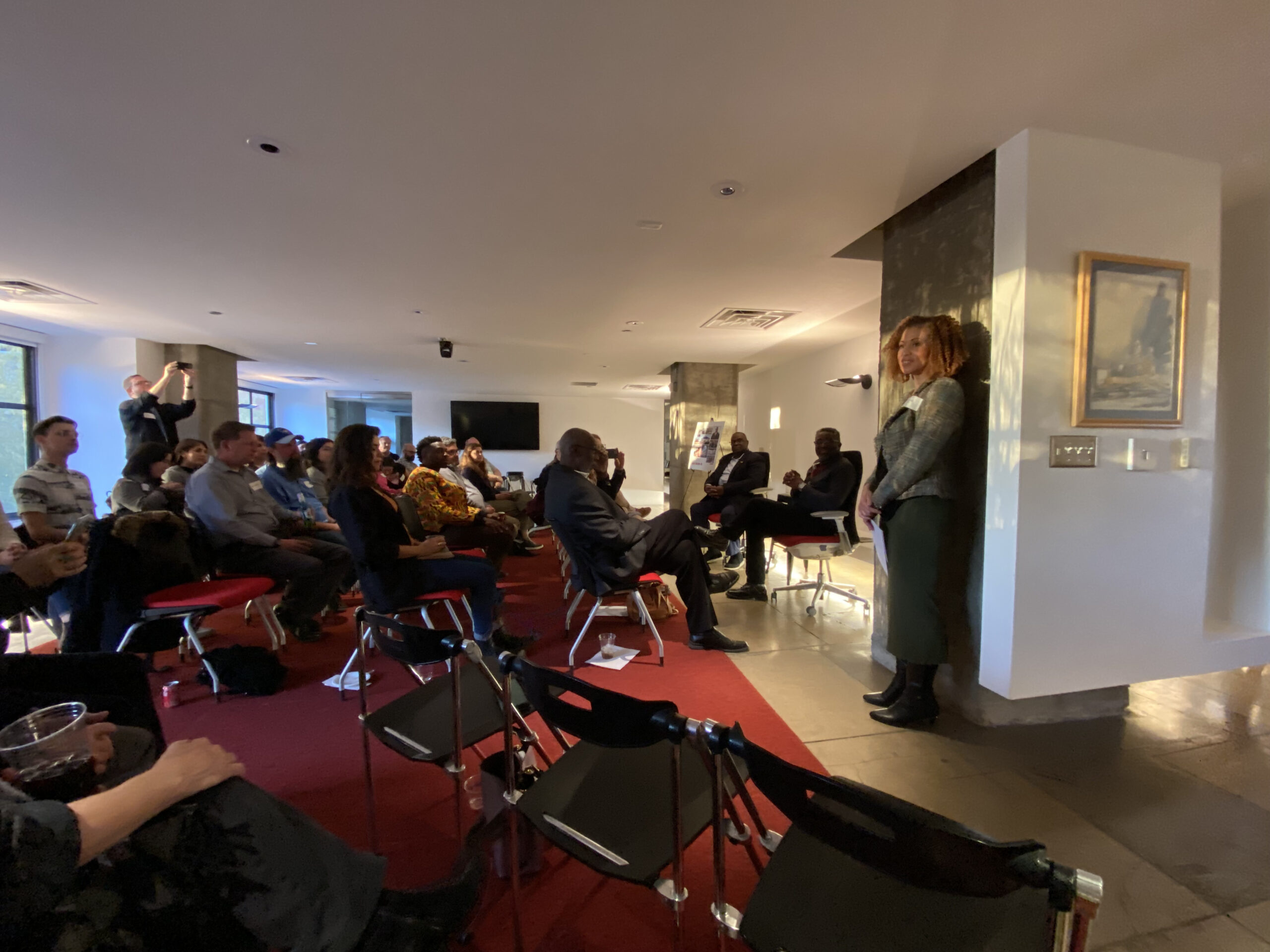On the last day of this year’s Arizona Historic Preservation Conference in Yuma, AZ I found myself asking – what if people of color undertook the anthropological study of white people? I have never heard of such a thing and I wonder why. As a person of color I feel like there is something degrading about being studied like a lab rat especially if the rat is your people and your culture and if the person doing the studying is an outsider.
The great part about the Historic Preservation Conference is that it encompasses a broad swath of professional arenas. A variety of people attend such as archeologists, anthropologists, architects, historians, historic preservation consultants, developers, municipal employees, community activists and others. That is why I enjoy attending – I get to learn about things that are tangentially related to architecture but that impact it greatly nonetheless.
For example, the plenary by Sarah Porter, Director of ASU’s Kyl Center for Water Policy, which was held at the fantastic Historic Yuma Theater, was about our region’s water shortage. I learned some alarming facts from Sarah’s talk. The water levels at the Hoover and Glen Canyon Dams is getting dangerously low regardless of the almost normal snowpack we’ve been getting the last two years because of the aridification of the Colorado River. Thanks to climate change the flow of water is evaporating faster and is being absorbed and held inside the soil. Speaking of water in the soil, I also learned that in Arizona we have overtapped the groundwater at a rate 3 times that it takes to replenish it so the ground water is not an alternative source to the Colorado River. In short, we are in trouble.
Surprisingly, the solution doesn’t seem lie so much in conserving water in our cities and suburbs because 75% of the water consumed in Arizona is for agriculture. Modifying the type and the amount of agriculture we do in the region will make the biggest impact on curbing our water shortage.
I also learned that, as with many problems created by non-indigenous people, it is going to be the tribal lands that pay the steepest price for a water shortage that wasn’t caused by them. After this plenary talk I sat next to a few people from the Hopi tribe at lunch. I asked them what they thought about the alarming messages we had just received about the water shortage. They shook their heads and said it wasn’t news to them, that their people have been saying all along that the way non-indigenous people use water is unsustainable and that damming rivers was bound to result in grave consequences eventually. I sensed their resignation and frustration but also their resilience as we spoke.
At lunch Joel Nicholas, an archeologist from the Hopi Cultural Preservation Office, showed me a photo of his field on the Hopi reservation where they were doing “dry farming”, which is a practice where you don’t use any extra water besides the natural moisture of the earth and the rains that come when they come. He said the Hopi had developed seeds that were specially engineered over centuries to thrive in dry farming.
Talking with Joel and the other Hopi at our table demonstrated to me how indigenous people have been working in harmony with the earth for hundreds of years and how deeply unfair it is that the unsustainable practices of the people who colonized and subjugated indigenous people are going to hurt them the most.
Joel sat on the plenary panel the second day of the conference. One of the other panelists, Wesley Bernardini, anthropologist with the University of Redlands, brought up some very important points about researching the Hopi people. He said in the past that the Hopi people were a voiceless subject of research and that much of their traditional knowledge was dismissed in that research. He said his group sees the Hopi people not so much as subjects but as active and equal participants in the research of their culture. Bernardini said the first and foremost question in any of his group’s work with the Hopi is “What will the Hopi people get out of this?” The research is not so much for the edification of nonindigenous people and exploitation by outsiders as much as it is for benefitting the Hopi people themselves. The book that resulted from the most recent Hopi Archeology Project, “Becoming Hopi”, is being used by the tribe to pass down their culture to future generations.
The National Register of Historic Places is mostly comprised, by a vast margin, of places associated with white history. I went to a session led by Tucson-based architectural historian and consultant Jennifer Levstik on nominating neighborhoods to the National Register that are predominantly black and Latinx. Several such neighborhoods in Arizona have reached out to her to help them get on the National Register. Alarm bells rang in my mind because I associate historic designation with gentrification. We have seen it over and over again in Central Phoenix where working-class neighborhoods such as Coronado and Garfield have been designated as historic districts and the price of homes as skyrocketed. Homes as small as 800 or 900sf in those districts can start at $500,000. If poorer black and Latinx neighborhoods get on the National Historic Register will their home prices also shoot up and will then those communities be priced out of their own neighborhood?
On the other hand national historic designation brings with it pride, recognition and a national spotlight on a community and their particular journey in the fabric of our nation. So often the stories of marginalized people are ignored in the cannon of American history and designating predominantly black, Latinx and other non-white neighborhoods begins to include these stories and places as worthy of being preserved and commemorated.
Another marginalized community that was highlighted in this year’s conference was the LGBTQ community. Marshall Shore, Arizona’s Hip Historian, spoke about LGBTQ history in Arizona as part of his efforts to memorialize the local history and stories of the LGBTQ community. I learned that this is a particularly difficult task because many queer people actively hid their queerness for fear of their lives and it is hard to commemorate hidden identities.
What this year’s Preservation Conference brought home to me is that we must learn what the indigenous people have always known – that we have little choice other than to work in harmony with nature because we are an inextricable part of it and that we have to make decisions with seven generations in mind. How will the decisions we make today regarding water usage, agriculture and development impact our state, our country and the world in seven generations? How will designating historically poorer ethnic neighborhoods impact the ethnic community that lives there in seven generations? Will this act serve to push them out of the neighborhood, or will it cement them there and put a stake in the ground claiming that place as theirs? How will the stories we unearth about queer history help queer kids in seven generations? This is the consciousness is I came away with from the Arizona Historic Preservation Conference, one of stewardship and care for future generations.





One Response
And THIS is why your contributions as a commissioner on the Historic Sites Review Committee are so vital. Your incredible insight and ability to connect all of the disparate pieces of the preservation “puzzle,” including issues of representation, gentrification, and ownership of narrative is indispensable. Thank you for this synthesis… We are so fortunate to have you in our corner!